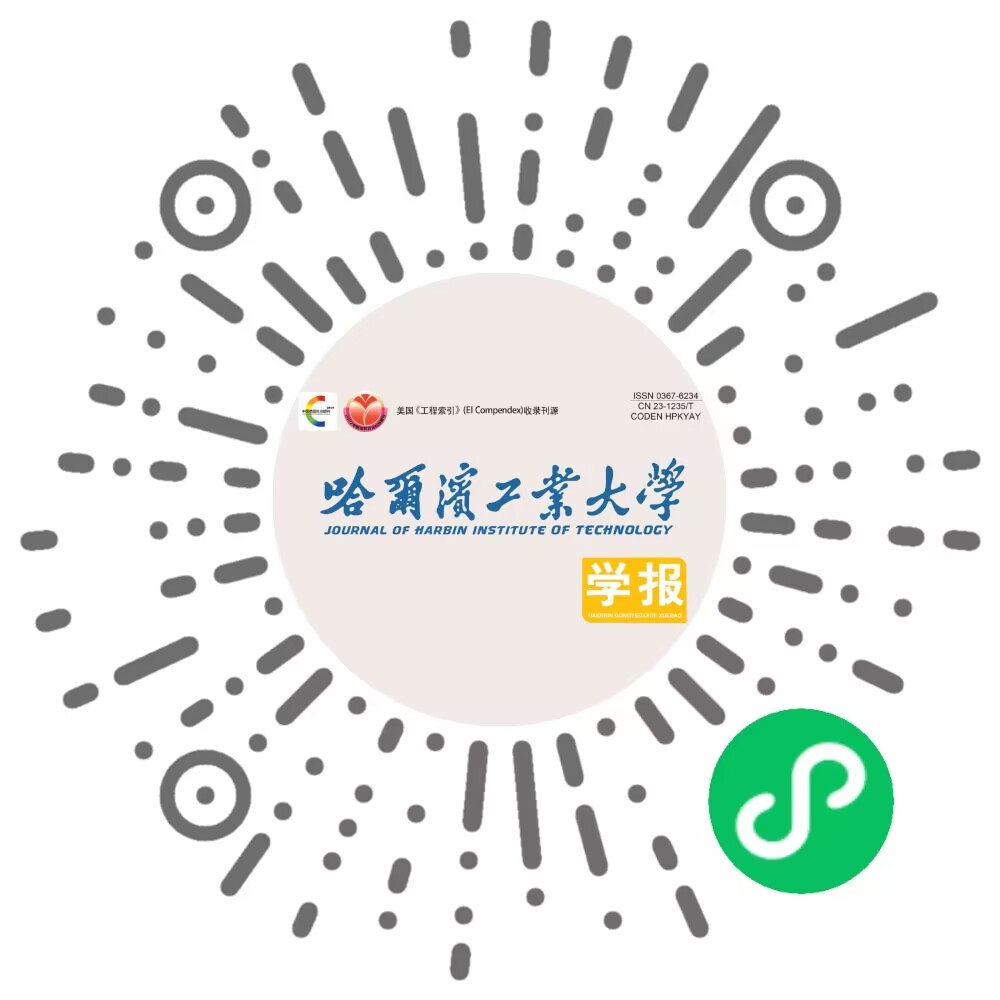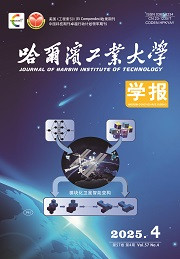| 引用本文: | 兰剑,闫莹,乔利平.大城市城区黑碳气溶胶来源及其污染特性试验[J].哈尔滨工业大学学报,2020,52(11):53.DOI:10.11918/201905053 |
| LAN Jian,YAN Ying,QIAO Liping.Experimental analysis on sources and pollution characteristics of black carbon in metropolitan areas[J].Journal of Harbin Institute of Technology,2020,52(11):53.DOI:10.11918/201905053 |
|
| 摘要: |
| 为了解大城市城区黑碳气溶胶(black carbon,BC)来源及其污染特性,以上海城区为例,通过2014年在线连续监测黑碳气溶胶、PM2.5、主要污染气体的浓度及气象参数变化的实验研究,获得相关参数以评估上海市城区BC污染特征、来源分布及对大气消光作用的影响.结果表明:黑碳质量浓度年均值达(3.11±2.40) μg/m3,有典型的双峰型日变化;黑碳质量浓度冬季高((3.82±3.32) μg/m3),夏季低((2.56±1.37) μg/m3),与PM2.5有较好的相关性,最高的BC与PM2.5比7.37%出现在功能秋季.黑碳气溶胶的光学吸收系数为(44.8±31.8)Mm-1,在消光作用中的比例为14.9%.低风速、低降雨量和低温都不利于黑碳气溶胶的扩散传输和沉降.此外,研究结果表明,上海北部及西北部地区的传输对黑碳质量浓度影响较大,不同方向的各类气团轨迹对应的黑碳质量浓度有季节性差异,表明黑碳气溶胶污染为局地排放源和外来传输共同作用的结果. |
| 关键词: 黑碳气溶胶 吸收系数 气象因子 聚类分析 |
| DOI:10.11918/201905053 |
| 分类号:X511 |
| 文献标识码:A |
| 基金项目: |
|
| Experimental analysis on sources and pollution characteristics of black carbon in metropolitan areas |
|
LAN Jian1,YAN Ying1,QIAO Liping2
|
|
(1.State Environmental Protection Key Laboratory of Environmental Risk Assessment and Control on Chemical Process (East China University of Science and Technology), Shanghai 200237, China; 2.State Environmental Protection Key Laboratory of Formation and Prevention of the Urban Air Complex (Shanghai Academy of Environmental Sciences), Shanghai 200233, China)
|
| Abstract: |
| To understand the sources and pollution characteristics of black carbon (BC) aerosols in metropolitan areas, the mass concentration and meteorological parameters of BC, PM2.5, and other pollutants in Shanghai urban areas in 2014 were experimentally studied. Relevant parameters were obtained to evaluate BC pollution characteristics, source distribution, and effects on atmospheric extinction in Shanghai urban area. Results show that the mass concentration of BC had typical diurnal double-peak variations, and the annual average value reached (3.11±2.40) μg/m3. The mass concentration of BC also showed an obvious seasonal variation trend that the value was high in winter ((3.82±3.32) μg/m3) and low in summer ((2.56±1.37) μg/m3). In addition, it had a good correlation with PM2.5, and the ratio of BC/PM2.5was the highest in autumn (7.37%). The value of BC absorption coefficient was (44.8±31.8) Mm-1, and the ratio of absorption in extinction was 14.9%. Low wind speed, low rain frequency, and low temperature conditions were not conducive to the diffusion, transmission, and settlement of BC. Besides, it was found that the transmission in the north and northwest areas of Shanghai had a great influence on the mass concentration of BC, and the pollution trajectories of different air mass types accounted for the seasonal differences of BC concentration, indicating that the pollution of BC aerosols is the result of both local emission sources and external transmission. |
| Key words: black carbon absorption coefficient meteorological factor cluster analysis |







